Fri 13 Jan 2017 by Philip Woodcock
Masters of crew transfer vessels need to bear in mind that there are risks at every stage of a voyage, not just
when transferring personnel
Technology on crew transfer vessels (CTVs) is evolving rapidly, but despite this fast pace of change, working on a
transfer vessel can be a very routine job, with the risk that complacency can set in
CTVs have evolved in a very short period of time to having high technology bridges equipped with all the latest aids to
navigation found in the maritime industry. Over the same period, standards of performance and competence have greatly
increased. In the UK, STCW-certified masters are now the norm, not the exception. Most companies now operate to some
form of approved management system, whether the ISM Code, ISO 14001 or OHSAS 18001, and many of these systems
include competence management systems in accordance with guidance provided in IMCA C 017. These are all monitored
to a high standard by client vetting and performance criteria including multiple audit schemes, which have grown
exponentially in recent years. However, despite these improvements in technology and procedures, navigational incidents
still occur.
In November 2012, two incidents occurred that many felt could have been the ‘Piper Alpha moment’ for the offshore
wind industry. There was much discussion and industry debate over the findings in the subsequent investigation report
issued by the UK Marine Accident Investigation Branch. Conversations with industry professionals recently have made it
clear to me that, despite all of the improvements in procedure and technology, some of the changes recommended in that
report haven’t happened.
One operator recently discussed an incident that occurred in an outbound port traffic lane where the master sailed in the
wrong lane and did not hear radio calls from the vessel traffic system (VTS) operator. The master had transited that route
countless times to and from a windfarm and knew the waters well. On this occasion, he needed to rendezvous with a
support vessel in an offshore anchorage and so took the shortest route to that location without considering the fact that he
was now in the wrong traffic lane. For ease of operation, he had the wheelhouse radios on dual watch and, on departure,
had not checked the channels or confirmed that the volume was loud enough. He was small, fast and highly
manoeuvrable and in good visibility, so what was the problem, he thought? The end result was a formal report and
investigation being initiated by the VTS.
Another operator mentioned a grounding incident that occurred on a new project, which resulted in hull damage. The
project had recently commenced with the first crew on site preparing passage plans. On shift change, new crew joined
and had the entire project and passage documentation handed over to them. The new crew were very experienced in
windfarm operations and sailed for several days before one hit a rock, causing considerable damage but fortunately no
injuries or pollution. My contact reported that the investigation found that the crews were not following the passage plan
and were in fact following the previous tracks on the plotter. As the plotter was set at the 6 mile scale, the isolated rocks
did not show on the vector charts and thus the crews were not aware that they were sailing into danger.
All of the masters involved in these incidents had achieved their UK STCW II-2 Master Code Vessel CoCs in the
previous 12 months, after operating for many years as yacht masters. They were experienced and appropriately certified and up-to-date with the requirements of passage planning and execution. They worked for companies that set a high
standard of performance and have competence programmes in place, so why did these obvious navigational errors occur?
The conclusion reached by the companies involved was that the masters were, quite simply, complacent. All had rated
highly on their performance in windfarms and were highly considered by clients for getting crews on and off the turbines.
It seems that the care and effort they applied during the high pressure element of the transfer of personnel was not carried
over to routine navigational passage making. The perceived risk was lower as nobody was stepping over the bow, when in
fact the actual risk was elevated as the vessel was underway at high speeds. Basic, common-sense seamanship skills such
as planning and preparing a passage and then executing that passage as per the plan were neglected with serious
consequences.
CTV operators need to take heed and work with crew so that they do not become complacent when underway. The
lessons learned in MAIB Report #23/2013 need to be reviewed and reiterated to all masters, so that they are aware that
there are risks not only infield, when doing transfers, but also when on passage to and from port or, as the evidence seems
to show, there is a higher risk during the passage, as that is when complacency slips in.
Philip Woodcock is general manager at Workships Contractors BV



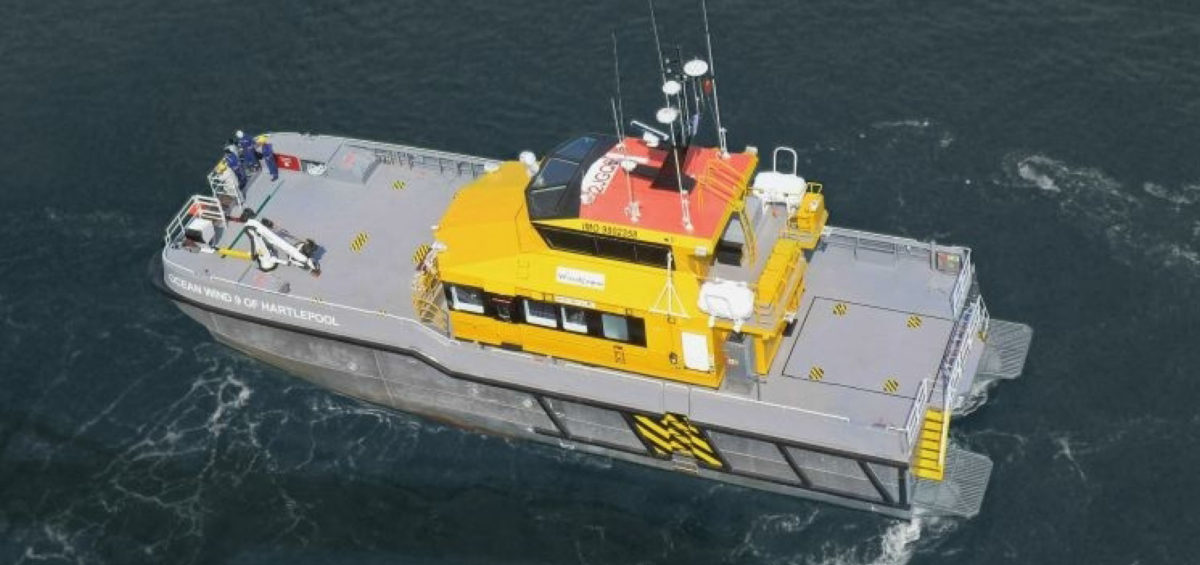
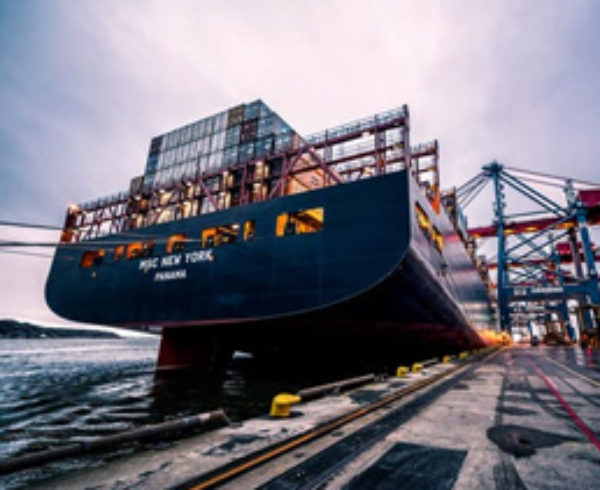
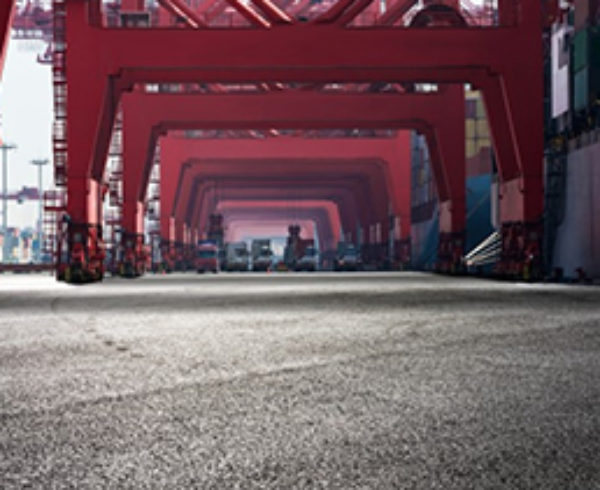
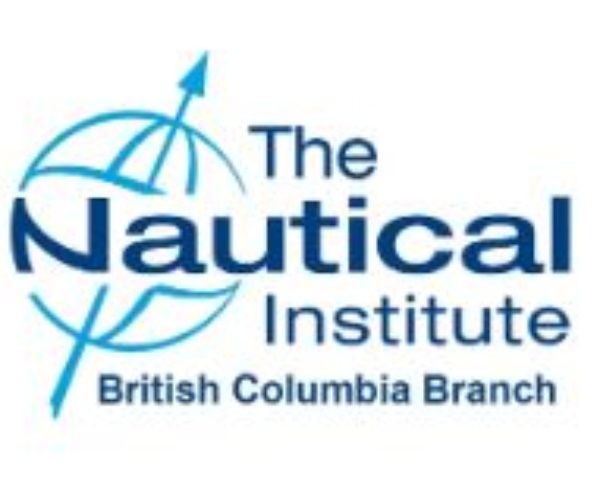
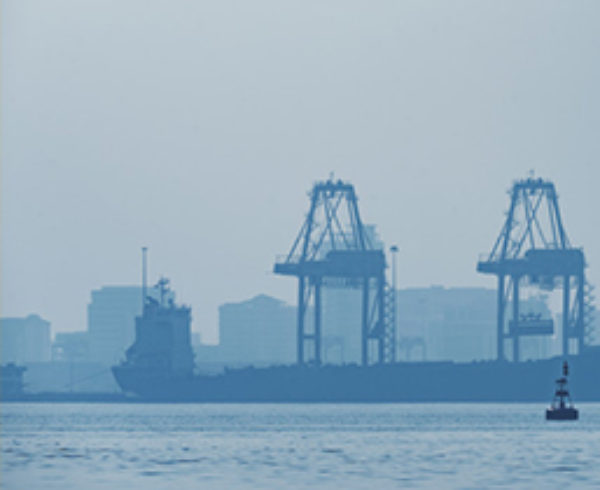

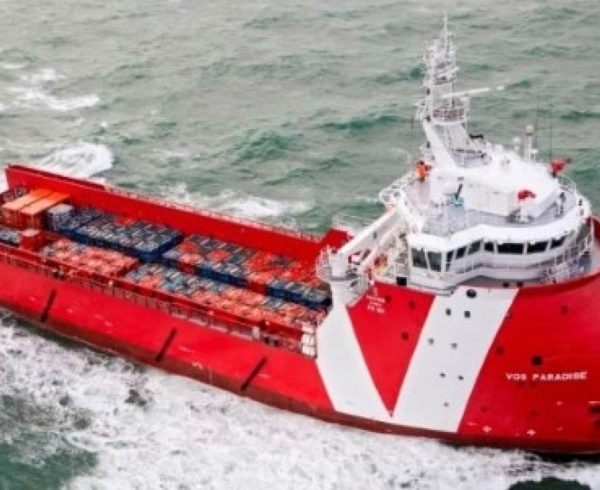
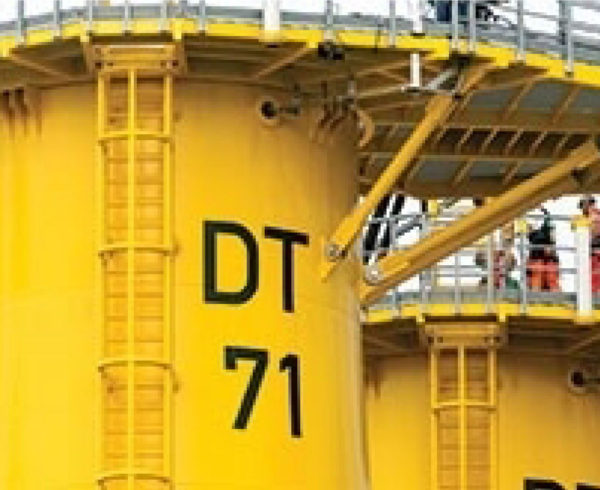
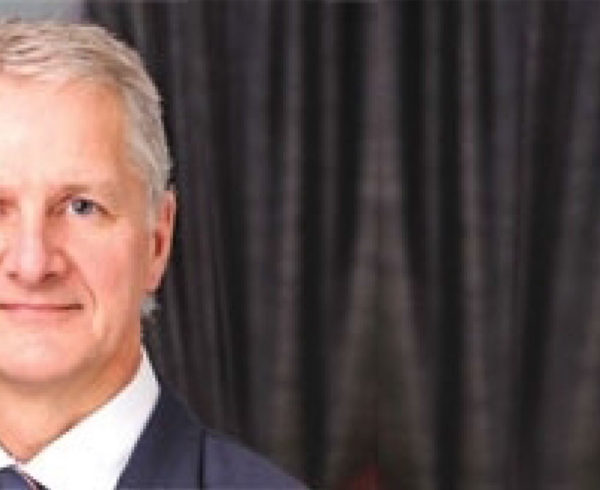

Leave a Comment